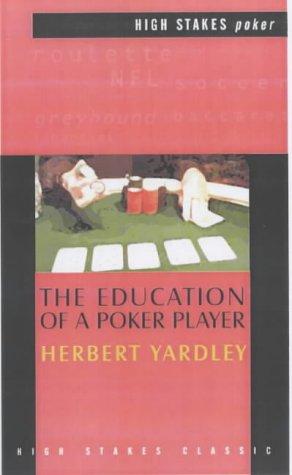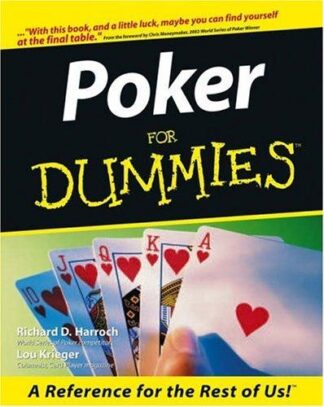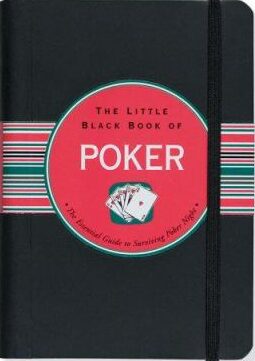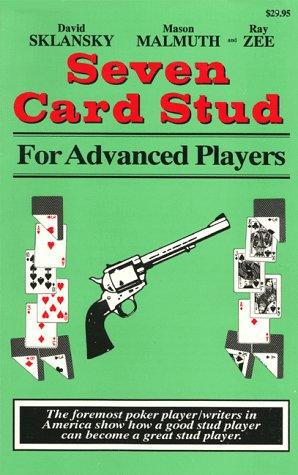The Education of a Poker Player
Average price online: $19.00
Based on The Cover
The Education of a Poker Player (High Stakes Poker) by Herbert O. Yardley is a book about poker strategy, tactics, and the psychology of the game. It was first published in 1957 and has since become a classic in the world of poker literature. The book is divided into two parts: the first part focuses on Yardley’s own experiences and education in poker, while the second part provides detailed analysis and advice on various aspects of the game, such as reading opponents, bluffing, and calculating odds. Yardley, a former codebreaker and intelligence officer, applies his analytical skills to the game of poker, offering insights and tips that have proven valuable to both amateur and professional players.
TL;DR - Important Takeaways
1. Yardley learned to play poker as a teenager in Indiana around the turn of the 20th century. He frequently played at a local saloon called Monty’s Place and was mentored by the owner, Monty, who taught him strategies and how to read opponents.
2. The book provides advice on what starting hands to play and optimal strategies for several poker variants, including:
– Five-Card Draw, Jacks or Better
– Five-Card Stud
– Five-Card Draw, Deuces Wild
– Seven-Card Stud
– Seven-Card Stud, Hi-Lo
3. Key poker tips include:
– Play tight and only stay in with strong starting hands
– Be patient and wait for good hands rather than playing weak ones
– Observe opponents closely to pick up on their betting patterns and tells
– Bluff selectively at opportune times
– Fold when the odds are not in your favor, even if you’ve already put money in the pot
4. Later in life, Yardley worked in China as a cryptographer and codebreaker. He continued to play poker there and tells stories of catching cheaters and helping to expose a German spy through a high-stakes poker game.
5. The book mixes entertaining poker stories and anecdotes with substantive advice on how to play a disciplined, odds-based winning strategy across various forms of poker. Yardley credits his poker success to close study of probabilities and human nature.
What We Learned From Reading the Book
1. The book provided some very specific advice on starting hand requirements and strategy for poker variants we were less knowledgeable about, such as Five-Card Draw, Deuces Wild and the different Hi-Lo games.
2. We were struck by how Yardley’s approach of patiently waiting for strong hands, thinking probabilistically, and minimizing losses lines up with the tenets of modern poker game theory. It was insightful to see those concepts articulated so clearly in a book from decades ago.
So in summary, while many of the core poker strategies were familiar, we deepened our knowledge about some of the poker variants analyzed, and picked up several interesting tidbits of advice. The historical perspective was quite illuminating.



